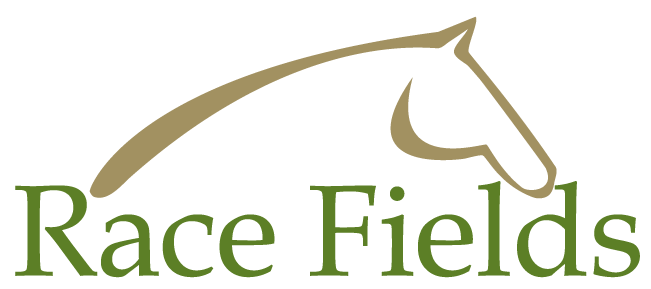A half-yearly report indicates racing in Queensland is in a healthy place apart from worries about the performance of the Queensland TAB.
Racing Queensland has unveiled its first half results for the 2019/20 financial year with solid progress being realised across the industry.
RQ's chairman Steve Wilson said highlights included a healthy revenue growth (up 25.6 per cent to $139.4 million), a large increase in returns to participants (up 20.8 per cent to $104.1m) and an improvement in attendances and participation (up 2.1 per cent to 332,496).
Wilson said the report demonstrated the industry's annual contribution to the state's economy had grown to more than $1.5 billion per annum, a 13 per cent increase from 2016/17, creating more than 2000 additional full-time jobs.
"The Queensland racing industry continues to make great strides thanks to the support and investment of the state government through their Country Racing Support Package and additional industry reform funding," Wilson said.
"As a result, there has been strong economic growth in the size of our contribution.
"During the first half of this financial year wagering turnover on Queensland product has reached a new half year record of $2.23 billion which represents a $64.8 million increase.
"With the Australian wagering market presently re-setting, and declines being realised in other racing territories across the nation, the Queensland performance highlights our commercial approach including the return of Eagle Farm, the successful non-TAB to TAB conversions and carnival innovations across all three codes."
Wilson said while turnover with corporate bookmakers had grown (3.5 per cent or $69.7m), turnover declines were realised by QTAB ( down 12.7 per cent or $101m).
Under a current agreement with Tabcorp, RQ remains insulated until the end of the calendar year through the provision of guaranteed QTAB payments as part of a merger deal last year.
But Wilson said the much publicised Tabcorp merger revenue benefits remained an ongoing concern with QTAB revenue generally flat through the first half of the financial year.
 InglisDigitalAUS
InglisDigitalAUS InglisDigitalUSA
InglisDigitalUSA







